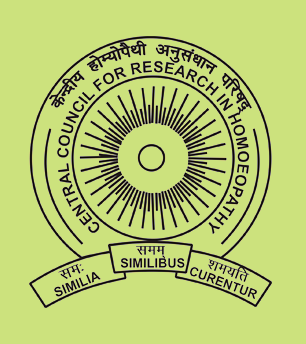Indian Journal of Research in Homoeopathy
Keywords
Cuprum metallicum, Escherichia coli, Polymer film, Potentisation, Serial dilution, Succussion
Article Type
Original Article
Abstract
Background: Homoeopathic medicines are traditionally potentized by serial dilution followed by succussion. Respective roles of these two components need to be assessed and explored for which the present study was undertaken. Objective: To compare the effect of the medicine Cuprum metallicum (Cup. met.) potentised through both serial dilution and succussion with succussion alone on selected biological and physical systems. Method: Starting with the medicine Cup. met. at 6C, we potentized it further to 30C and 200 C by serial dilution, followed by succussion (Set A). The same medicine at 6C was also potentized to 30C and 200C by using succussion alone (Set B). The antibacterial property of these two sets was compared on E. coli, a biological system and electrical properties on polymer matrix PVDF-HFP (widely used as charge separator) a physical system. Results: Field Emission Scanning Electron Microscopy shows that the particles get more agglomerated at higher potency in Set B. Antibacterial effect of Cup. met. in Set B at 30C and 200C was observed to be more significant as compared to Set A. Effect of Cup. met. on polymer matrix in Set A varied significantly with the potency as compared to Set B wherein less beta phase crystallization was produced followed by no significant change in electrical properties. Conclusion: Comparison of results using the medicine Cup. met. in two experimental set ups shows that serial dilution with succussion makes an important difference between the two sets.
Digital Object Identifier
10.4103/ijrh.ijrh_60_19
Publisher
Wolters Kluwer India Pvt. Ltd.
How to cite this article
Gayen A, D M, Bera D, et al. Effect of Cuprum metallicum potentised through both serial dilution and succussion in comparison to succussion alone on Escherichia coli bacterial system and electrical properties of poly (vinylidene fluoride-co-hexafluoropropylene) polymer. Indian J Res Homoeopathy 2019;13:209-218. doi: 10.4103/ijrh.ijrh_60_19



